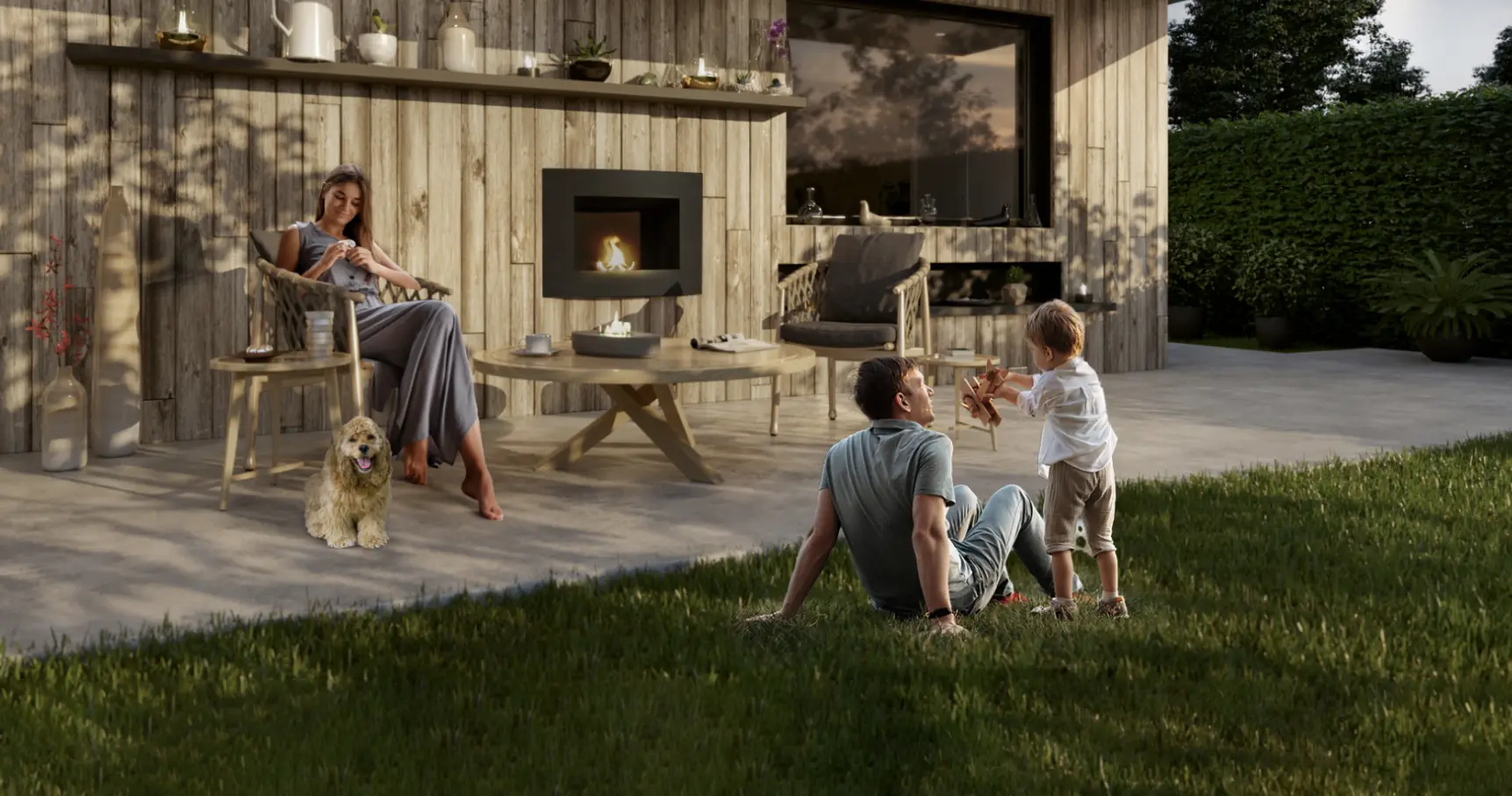
The air we breathe
Those of us who are particularly concerned about air quality and safety will get a complete picture of our flames – from the small wicks to the large fireplaces. We talk a lot of talk about air quality. There is no doubt that we are exposed to bad air quality at times. The air we breathe is affected by many different sources – living flames are just one. CO2 is often used as an indicator of air quality, but this does not mean that it is harmful at the levels typically found in homes and public buildings. The levels of CO2 that are considered to be safe are guidelines for general air quality, and they should not be seen as a health norm. CO2 is easy to measure and is therefore often used to find out if there is a good replacement of the air in a room. However, there is no evidence that CO2 poses a significant danger to your indoor climate. You are producing CO2 as you read this. Oxygen enters your lungs – and some of what you breathe out again is CO2.
CO2 is all around us
Your plants in the windows produce CO2 when you sleep. CO2 is in the soda we drink.CO2 is a natural part of the air we breathe… Although it is invisible and often goes unnoticed, carbon dioxide (CO2) is actually all around us. In fact, it is an essential component o f life on Earth. Plants need CO2 to grow, and animals need oxygen, which comes from plants. Thus, the carbon cycle ensures that there is a continuous exchange of these two important gases between the atmosphere and living things. However, human activity is disrupting this delicate balance. That the world is being attacked by ever-increasing amounts of pollution is beyond doubt. We all have to do our part to reduce pollution, and that includes those of us who use living flames for warmth and ambience in our homes. You can be sure our flames burn clean.
